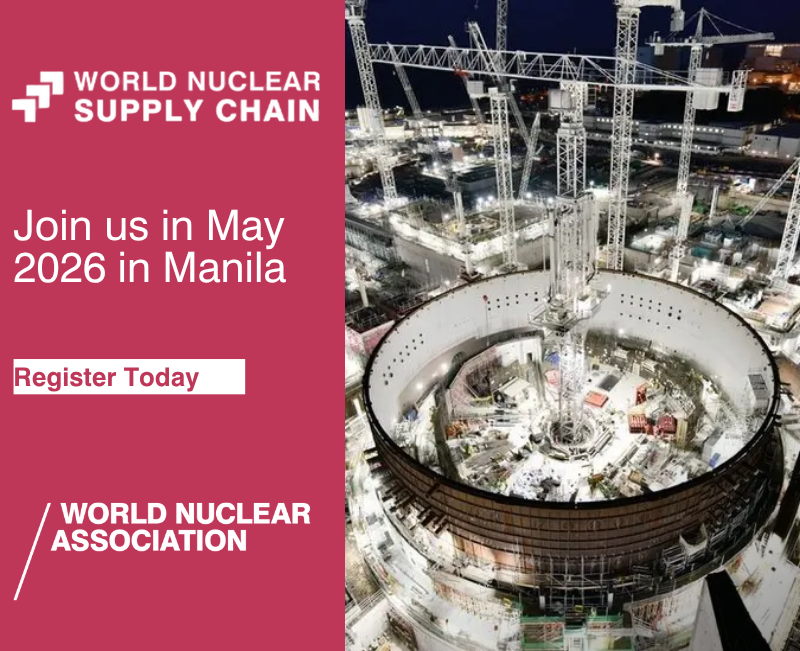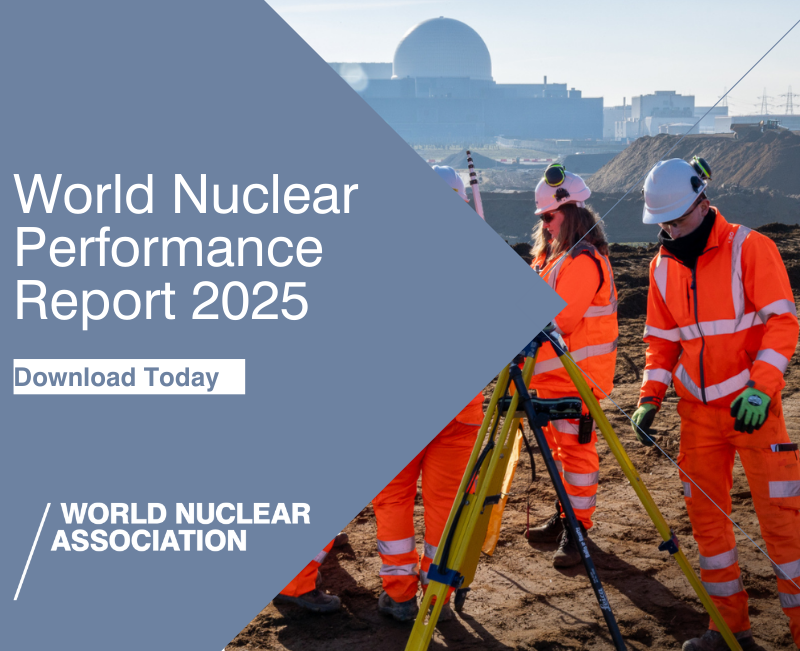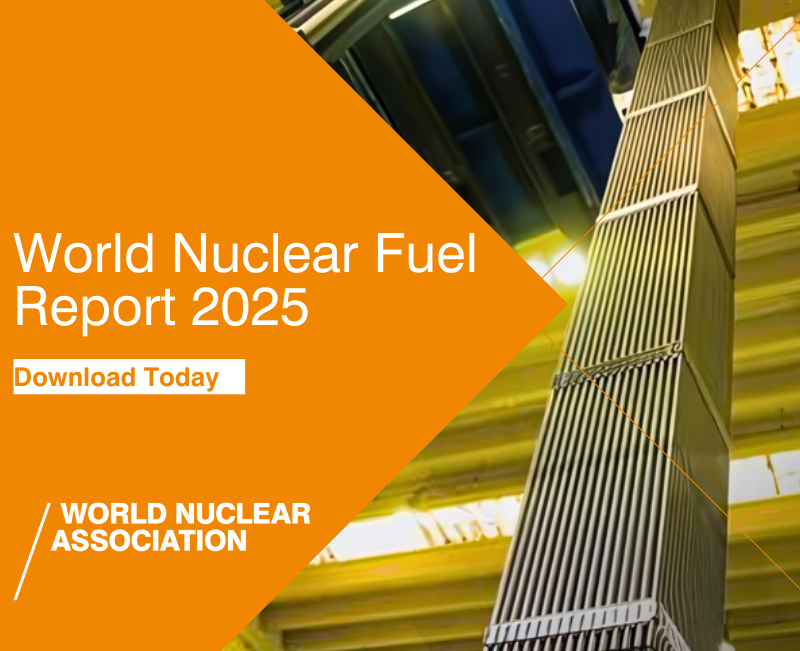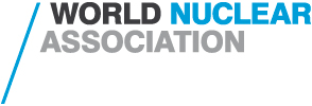Designed to assist IAEA Member States at different stages in the development of a nuclear power programme, the Site and External Events Design (SEED) safety review service offers a choice of modules on which to focus the review, such as site selection and assessment, and the design of structures, systems and components against site external hazards.
A mission to review El Salvador's adherence to IAEA guidance on the site selection process took place from 26 to 31 May. It was carried out at the request of the government of El Salvador and hosted by the Organisation for the Implementation of the Nuclear Energy Programme in El Salvador (OIPEN) and the Executive Hydroelectric Commission of the Lempa River (CEL).
El Salvador is embarking on a nuclear power programme to diversify its energy mix and to provide a clean and reliable source of energy to support economic development. The Central American country is completing the site selection process based on a comprehensive methodology that integrates geospatial data analysis, national regulations and existing public infrastructure.
The mission team comprised three experts from Japan, the UK and the USA, as well as two IAEA staff members. They reviewed the site selection report, together with the siting process, siting criteria and data collection process for siting activities. The team also visited the candidate sites located in Chalatenango - about 40 kilometres northeast of the capital San Salvador - and San Vicente - about 70 kilometres east of San Salvador.
In addition to the SEED review mission, the IAEA provided a SEED Capacity Building Workshop to support site evaluation, which includes the site characterisation stage. During the workshop, external experts and participants engaged in discussions that will contribute to future progress in the site evaluation process.
"We confirmed that CEL independently developed exclusion criteria for site screening and effectively narrowed down the areas of the country with the lowest external hazard risks," said mission team leader Kazuyuki Nagasawa, Senior Nuclear Safety Officer at the IAEA. "This can be considered a good practice for minimizing risks."
The team provided recommendations to improve the quality and to optimise the site selection process, aiming to select the most favourable site. This optimisation seeks to minimise the potential for the selected site to be found unsuitable during the site characterisation stage. The factors to be considered include seismic, flooding and volcanic hazards. The IAEA noted that it is also important to balance site characteristics with specific design features, site protection measures and administrative procedures from the early stages of the site selection process.
"From the early stages of the site selection process, we have been guided by the technical guidance of the IAEA, rigorously applying its physical safety standards to ensure that this process follows a technical, transparent and responsible approach for all Salvadorans," said Daniel Alvarez, President of CEL and Honorary Director of OIPEN.
OIPEN and CEL will continue to receive technical support from the IAEA, as they advance from the site selection stage and move into the subsequent site characterisation stage, in line with the IAEA Specific Safety Guide on Site Survey and Site Selection for Nuclear Installations, as well as other relevant Safety Guides for external hazards assessment.
The final SEED mission report will be delivered to the government of El Salvador within three months.
Nuclear ambitions
Speaking at the IAEA General Conference in Vienna last September, Alvarez set out El Salvador's ambition to "diversify our energy matrix under three premises: Rely less on external resources, take care of the environment and, last but not least, transform the lives of our people, with affordable energy that allows them to fulfil their goals and dreams ... with the commitment to incorporate nuclear energy into our energy matrix, complying with the highest international standards and in accordance with the treaties that El Salvador has ratified before the International Atomic Energy Agency".
"Our country," he added, "through the peaceful use of nuclear energy, aims to promote and encourage the economic and scientific development of our population, allowing us to guarantee a reliable and sustainable supply of electricity; in addition to achieving, through the implementation of public policies, tangible benefits in areas such as: agriculture, health, industry, environment, among others."

_66034.jpg)



_33584.jpg)
_82983.jpg)
_49382.jpg)
_34792.jpg)





